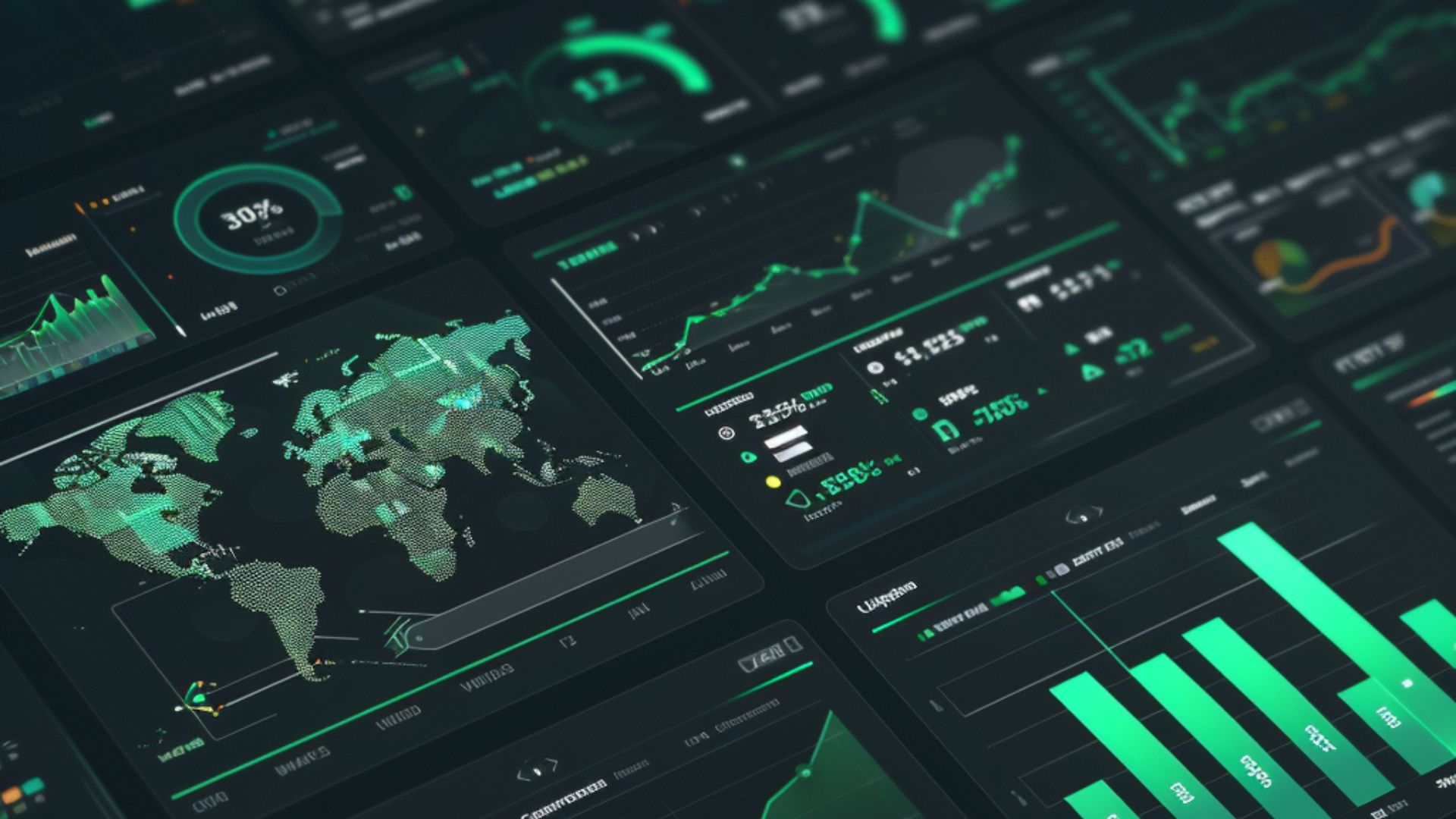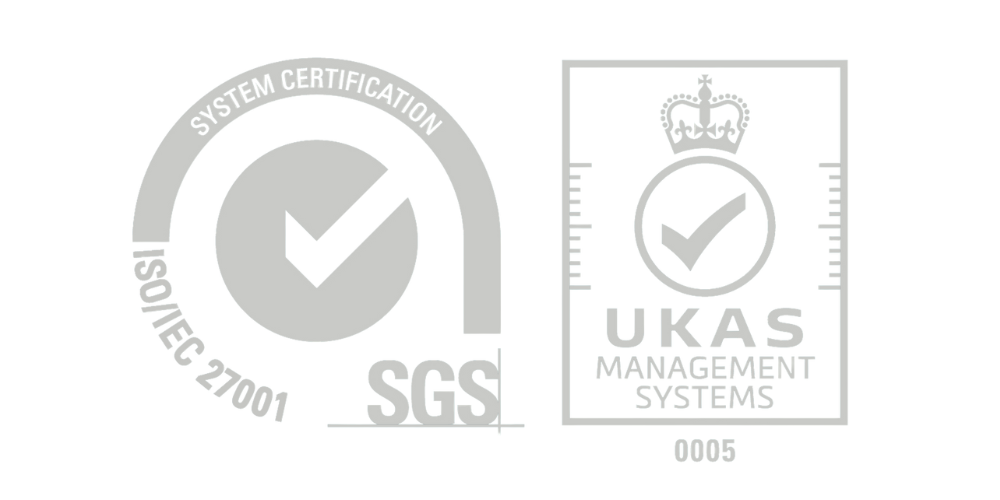The Carbon Border Adjustment Mechanism (CBAM) and the EU Emissions Trading System (ETS) are two pivotal components of the European Union’s strategy to combat climate change. While both mechanisms aim to reduce greenhouse gas emissions, they operate in complementary ways to ensure a holistic and effective approach to carbon pricing.
The EU Emissions Trading System (ETS)
The EU ETS, established in 2005, is the world’s first major carbon market and remains the largest one. It works on the “cap-and-trade” principle, setting a cap on the total amount of certain greenhouse gases that can be emitted by installations covered by the system. Within this cap, companies receive or buy emission allowances, which they can trade with one another as needed. Over time, the cap is reduced, thereby decreasing the total emission allowances available and encouraging companies to reduce their emissions.
Interaction with CBAM
CBAM is designed to complement the EU ETS by addressing the risk of carbon leakage. As the EU tightens its emission caps and reduces free allowances in the ETS, there’s a concern that companies might relocate their production to non-EU countries with less stringent climate policies, or that EU products might be replaced by more carbon-intensive imports. CBAM tackles this by imposing a carbon price on imports of certain goods, mirroring the costs that domestic producers face under the EU ETS.
A Synchronized Approach
The synchronization between CBAM and the EU ETS is evident in several aspects:
- Alignment of Carbon Costs: CBAM ensures that imported goods are subject to similar carbon costs as those produced within the EU, creating a level playing field and preventing carbon leakage.
- Gradual Phase-In: CBAM is being phased in gradually, alongside the reduction of free allowances in the EU ETS, ensuring a smooth transition for industries and minimizing market disruptions.
- Complementary Coverage: While the EU ETS covers a broad range of sectors, CBAM initially targets specific sectors at high risk of carbon leakage, such as iron and steel, cement, aluminum, fertilizers, and electricity.
Navigating the Transitional Period of CBAM: What Importers Need to Know
As CBAM enters its transitional period from 2023 to 2025, importers of the targeted goods need to be aware of their new obligations and prepare for the definitive period starting in 2026.
During the Transitional Period:
- Reporting Obligations: Importers are required to report the greenhouse gas emissions embedded in their imported goods each quarter. This includes the total quantity of each type of CBAM good and the associated emissions.
- No Financial Adjustment: During the transitional period, importers are not required to pay a financial adjustment based on the reported emissions. However, accurate reporting is crucial for compliance and for preparing for the definitive period.
Preparing for the Definitive Period:
- Understanding CBAM Certificates: Starting in 2026, importers will need to purchase CBAM certificates, corresponding to the carbon price that would have been paid under the EU ETS. Familiarizing themselves with this process and the associated costs is essential.
- Monitoring Regulatory Developments: Importers should stay informed about any changes or updates to the CBAM regulations, including the final list of goods covered and the methodology for calculating emissions.
- Assessing Supply Chains: Importers may need to assess their supply chains to understand the carbon intensity of their imported goods and explore options for reducing emissions, such as sourcing from greener producers or investing in emission reduction technologies.
By understanding their obligations under CBAM and preparing for the changes ahead, importers can ensure compliance and contribute to the EU’s broader climate goals.
“Ready to revolutionize your carbon footprint management? Discover how Cedar Digital’s AI-driven solutions can provide precise, tailored verification for your unique needs. Let’s embark on a sustainable journey together. Contact us now to learn more about our innovative approach to carbon footprint verification!”








